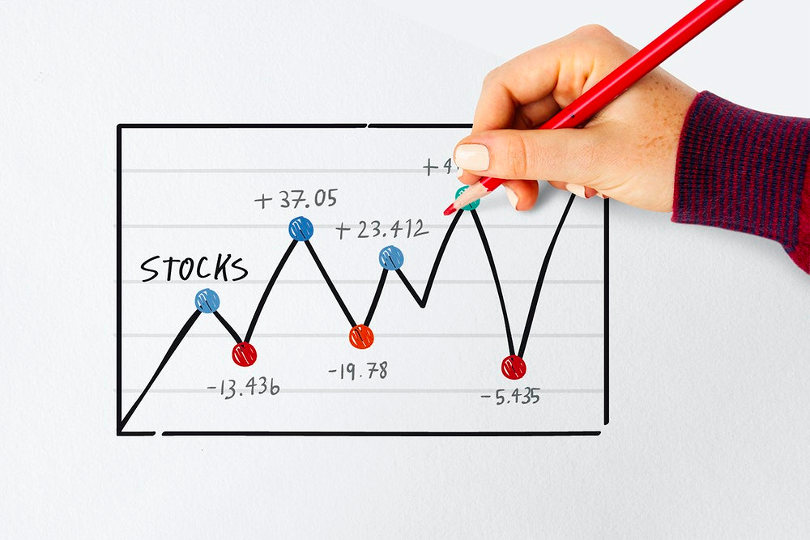Trading indicators are the tools of the trade needed to succeed in forex or any asset market you are interested in. As a beginner, you are better off starting with the most basic, but useful trading indicators as you learn the ropes. Of course, you might rely on pure luck or copy trading if you don’t want to learn the indicators, but that won’t last long or make you much money as a trader.

Why Learn Trading Indicators?
- You’ll know how to identify trends in the market and take advantage of them
- You’ll know when and how to enter a position.
- Learning indicators helps you reduce losses by managing risks and navigating around volatility.
- You’ll learn how to make your strategies and trades instead of relying on pure luck or some other trader’s strategies (sometimes they don’t work, which leads to parallel losses).
What are the easiest trading indicators you should learn before you start trading on a live trading platform?
The SMA- Simple Moving Average
Perhaps the simplest and widely used indicator, the SMA, is an indicator depicting the average price of a currency pair, stock, or commodity over a certain period. The average is calculated and graphed based on the consecutive closing prices over the given period, mostly 20 days.
SMA indicators are quite important for traders as they help them identify trends with some degree of accuracy and backed by historical data. Forex traders normally look for a point where the long-term SMA crosses over the short-term SMA to signal an upward trend. In contrast, the opposite crossing signifies a downward trend.
Simple moving average indicators are used quite heavily in stock trading but are a basic and quite beginner-friendly indicator. A good online forex trading platform should have simple moving average indicators as a feature.
The RSI (Relative Strength Index)
Usually presented as an oscillator, the relative strength index can help you identify overbought currencies or those that are underbought. Either will tell you whether such a currency is about to reverse or move in a certain direction. In essence, the RSI will show you the strength of a currency or any other tradable asset at a glance.
In forex, RSI is quite useful as it helps traders have a pretty accurate idea about abstract trading volumes on given currency pairs. An oversold currency in the forex market will have an RSI value equal to or above 70. In contrast, an oversold currency will have an RSI value equal to or below 30.
The relative strength indicator can be erratic, especially when used for volatile or popular currency pairs. For this reason, you are better off relying on it to confirm what other indicators such as SMAs, Stochastic oscillators, MACD, and others are showing. Use it when you want to pinpoint entry points and exit points in forex trading.
The Stochastic Oscillator
The stochastic oscillator or SO, as it’s commonly referred to, is another essential indicator you should learn right from the beginning. This indicator can, like the RSI, also help traders identify extremes that are most likely going to be reversed/normalized soon. As with the RSI, the Stochastic Oscillator uses values of between 0 to 100, indicating undersold or oversold currencies in the market.
The Stochastic Oscillator is a useful indicator for all kinds of traders as it can be used to tell when there is selling pressure or buying pressure in the market. Learning how to use the Stochastic Oscillator is as easy as knowing what the different values mean over a set percentage period.
The MACD- Moving Average Convergence Divergence Indicator
The MACD is another common but widely used indicator in forex. It is used to identify momentum changes in the market. The MACD might be a bit technical to learn for new traders but quite helpful when mastered. It’s also best used in conjunction with other indicators.
The Bottom Line
Learning forex indicators is as important as trading itself. The best traders make good use of intuition, analytical abilities, and indicators to make profits while trading. Trade wisely!







